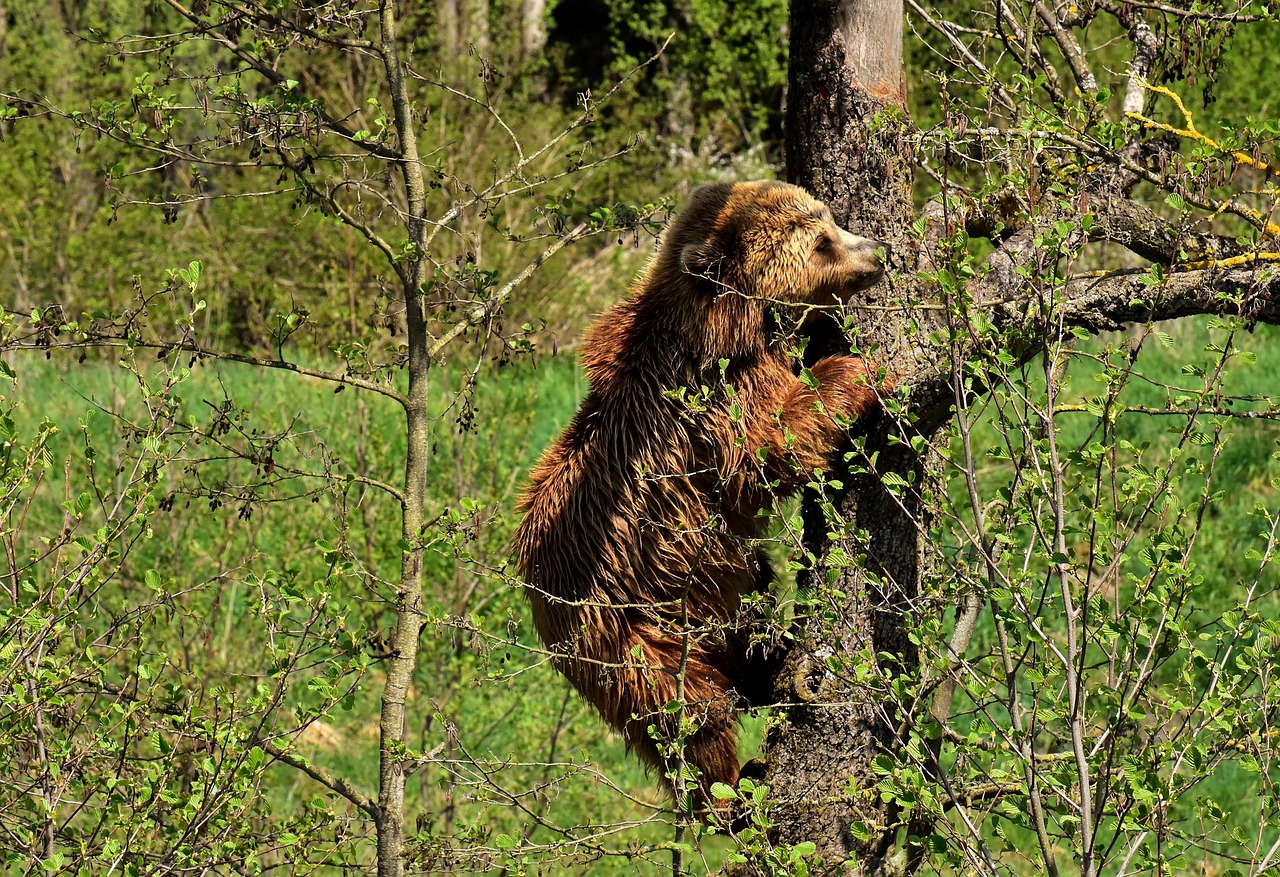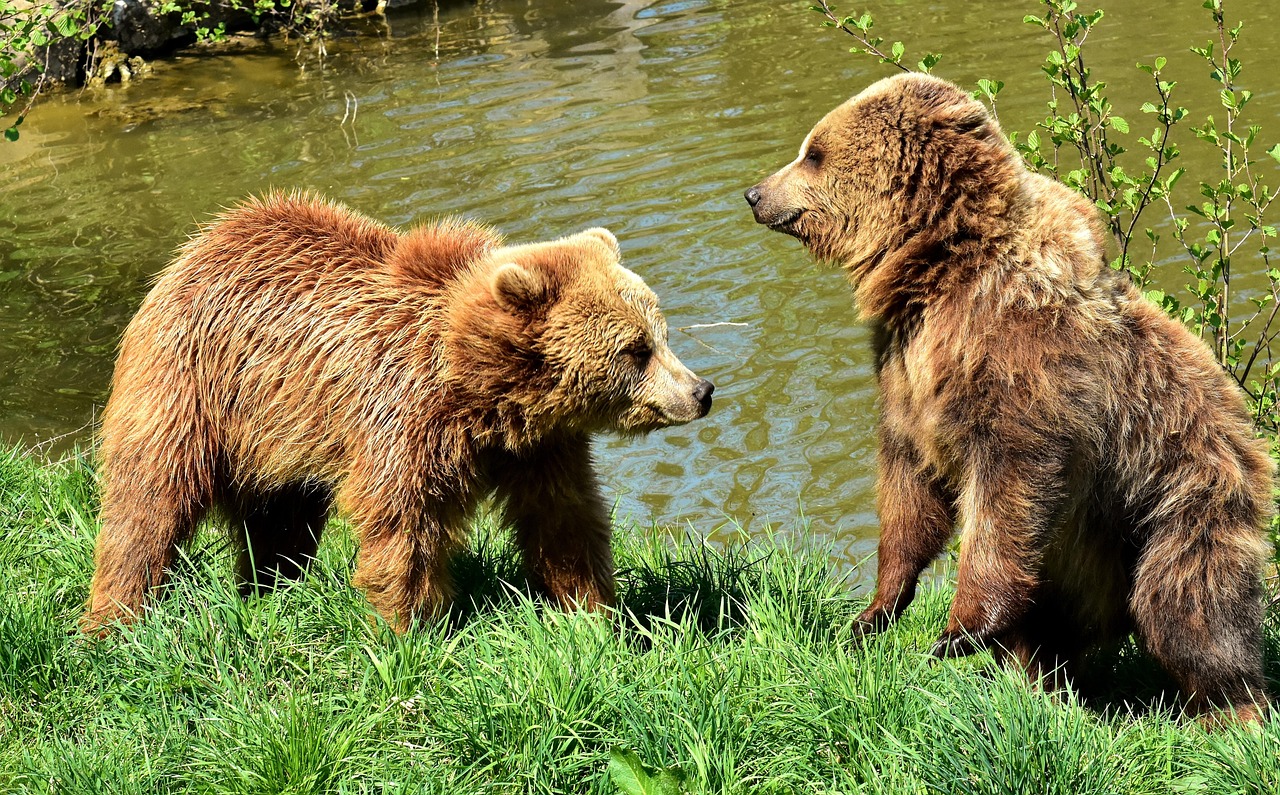Brown Bear (Björn)



Characteristics:
The brown bear is Sweden’s largest carnivore. Body length 170–250 cm, shoulder height 90–120 cm, and weight 80–300 kg — large males may exceed 350 kg. The fur is thick, varying from light brown to dark brown, sometimes almost black. It has a powerful head, a long muzzle, small rounded ears, and strong limbs with large paws and claws up to 10 cm long.
Habitat:
In Sweden, brown bears are mainly found in northern and central regions, particularly Dalarna, Jämtland, Gävleborg, and Norrbotten. They prefer large forested and marshy areas with good cover and access to food.
Behaviour:
The bear is active from spring to autumn and goes into hibernation during winter, usually from October–November until March–April. Dens are often located in dense forest, under fallen trees, or among rocks.
Bears are mostly active at dusk and night, but can also be seen during the day. They move quietly and have an excellent sense of smell.
Diet:
The brown bear is omnivorous. Its diet consists mainly of berries, ants, herbs, roots, and carrion, but it may also take moose calves, reindeer, and small mammals. In spring, bears often feed on moose calf and carcasses; in summer, on berries; and in autumn, on high-energy foods to build fat reserves for hibernation.
Reproduction:
Mating takes place in May–July. The female gives birth to 1–4 cubs during January–February, inside the den. Cubs are born blind, weighing only about 0.5 kg. They nurse during spring and remain with the mother for 1.5–3 years before becoming independent.
Tracks and signs:
- Tracks: Five toes with large pads and visible claw marks. Front paw broad (10–18 cm), hind paw longer (up to 25 cm).
- Droppings: Vary with diet — black and thin when eating berries, brown and coarse when eating vegetation.
- Tree markings: Bears claw and bite trees, especially during the mating season.
- Den: Usually an earthen mound or sheltered site under roots or rocks.
Distribution:
The brown bear is found across northern Eurasia. In Sweden, the population is estimated at around 2,800–3,000 individuals. The species is protected, but licensed hunting is permitted under strict regulation.
Hunting:
Licensed hunting is decided annually by county administrative boards. Hunting is usually done by dogs or stalking.
Hunters must use class 1 rifles and have detailed knowledge of bear behaviour and anatomy.
Firearm class (Sweden):
Hunting brown bear requires a class 1 rifle.
Think for the hunting exam:
- Sweden’s largest predator; hibernates during winter.
- Omnivore – eats mostly berries, plants, and carrion.
- Gives birth in the den (1–4 cubs).
- Tracks: large with visible claw marks.
- Hunted only during licensed hunts with class 1 rifle.
- Has an excellent sense of smell and generally shy behaviour.
